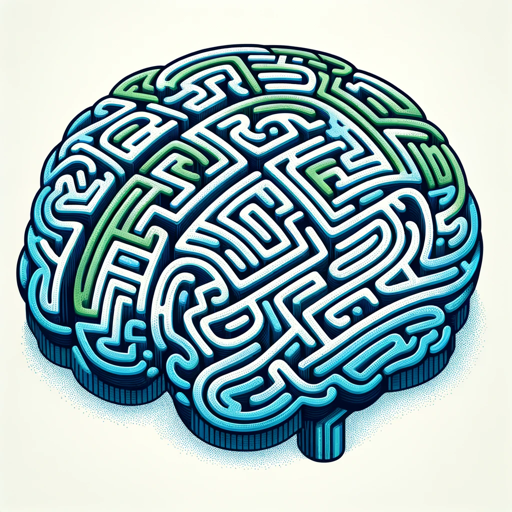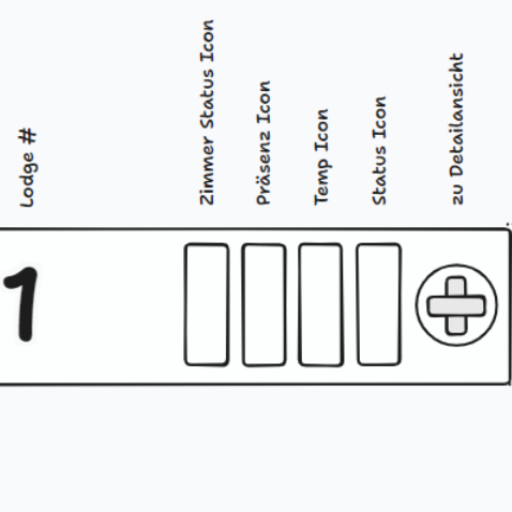Agile Scribe-agile scrum documentation tool
AI-powered assistant for agile teams
Convert this conversation to a user story:
Create a defect from these notes:
Draft a feature based on this requirement:
Outline an initiative from this idea:
Related Tools
Load More
Agile Coach
This GPT coach helps Scrum Masters, Product Owners, and Developers with Agile, Scrum, and Scaled Scrum frameworks and methodologies.

Agile Mentor
Transcends Scrum, offering holistic Agile coaching, strategic insights, and leadership guidance for a comprehensive mentoring experience.

Agile User Story Writer
I craft formal user stories for agile teams.

Agile Docs
I am a specialist in creating All types of Agile Framework Documents. ***Templates/Reports/Guides/Case Studies/Check Lists/Graphs/Plans/Reports/Surveys/Mind Maps*****Just ask & I start: eg. 'Scrum Master Checklist'*** Download Docs****Create Surveys**** w

Scrum X
An assistant for scrum masters, aiding in agile practices and scrum ceremonies.

RE.A.L. Agile Projects
Agile Digital Project Assistant (DEU/ENG) - RE.A.L.kombiniert agile Basics wie Kanban & Scrum mit Innovationen, wie #RawEstimation, Ponyhof-Liste für effiziente, flexible, kundenzentrierte digitale Projekte. Schneller, günstiger & besser. So geht die erf
20.0 / 5 (200 votes)
Detailed Overview of Agile Scribe
Agile Scribe is a highly specialized AI tool designed to support business analysts, product managers, and software development teams in streamlining agile processes. Its core function is to transform conversations, notes, and raw ideas into structured documents that adhere to Agile Scrum methodologies. Agile Scribe focuses on creating clear, actionable user stories, formulating initiatives, detailing product features, and drafting comprehensive defect reports. It simplifies the complex process of capturing requirements from various team discussions and turning them into well-organized documentation ready for use in sprint planning and development. For example, in a team meeting, a product manager might discuss the need for a new reporting dashboard. Agile Scribe can capture this discussion and translate it into a precise user story: 'As a sales manager, I want a customizable dashboard, so that I can track sales performance efficiently.' By providing a problem statement, solution goal, and acceptance criteria, Agile Scribe ensures clarity and alignment between the development team and stakeholders.

Core Functions of Agile Scribe
User Story Creation
Example
A product manager outlines the need for a search feature that allows customers to find products by category. Agile Scribe can generate a user story such as: 'As a customer, I want to search for products by category, so that I can easily find the items I need.'
Scenario
In a sprint planning session, the development team needs well-defined stories to estimate and prioritize work. Agile Scribe creates these stories based on high-level feature discussions, including clear acceptance criteria for when the feature is complete.
Defect Report Generation
Example
During a bug triage meeting, developers discuss an issue where the checkout process fails under specific conditions. Agile Scribe captures the conversation and formulates a detailed defect report, including steps to reproduce and the expected behavior.
Scenario
QA testers report that a payment gateway fails when the user selects a specific currency. Agile Scribe helps by creating a defect report with sections like 'Steps to Reproduce,' 'Expected Result,' and 'Actual Result,' aiding developers in resolving the issue efficiently.
Feature Detailing and Initiative Formulation
Example
A company decides to expand its platform to support multi-language interfaces. Agile Scribe helps break down this initiative into smaller, actionable features, such as 'Implement language selection on the homepage' or 'Translate product descriptions.'
Scenario
During product roadmap discussions, leadership sets a goal to increase global reach. Agile Scribe assists product managers by formulating initiatives into smaller, tangible features that align with agile processes, ensuring incremental progress and regular delivery.
Target Audience of Agile Scribe
Business Analysts
Business analysts are responsible for gathering and documenting requirements from stakeholders. Agile Scribe helps them convert these insights into structured user stories and feature descriptions that are immediately usable by the development team. By automating this process, Agile Scribe reduces the administrative burden and ensures clarity in communication.
Product Managers
Product managers who oversee the product lifecycle benefit greatly from Agile Scribe. It allows them to turn high-level ideas into detailed initiatives, features, and user stories, ensuring the development team understands what needs to be built. This helps product managers focus more on strategic decision-making while ensuring consistency in agile documentation.

How to Use Agile Scribe
1
Visit aichatonline.org for a free trial without login, also no need for ChatGPT Plus.
2
Explore the capabilities of Agile Scribe by providing inputs related to business analysis, product management, or software development projects.
3
Start generating user stories, defect reports, or initiatives by transforming conversations, ideas, and notes into structured outputs following agile scrum practices.
4
Review the generated content, and ensure all necessary information such as problem statements and acceptance criteria are clearly included.
5
Refine and integrate the outputs into your project management tools or documentation systems to streamline the workflow.
Try other advanced and practical GPTs
Playlist Artisan
AI-crafted music playlists with visual art

Preparador 1ª Fase do Exame da OAB
AI-powered OAB exam preparation

Code Interpreter
Automate coding tasks with AI

NeuroScienceGPT
AI-powered neuroscience knowledge at your fingertips.

Workoutlytics
AI-powered performance insights for athletes

Biology Professor
AI-powered answers for biology enthusiasts.

tldraw make it real
AI-powered tool for instant prototypes.

Blend Images
AI-powered image fusion for creativity.

Hook Generator
AI-Powered Hook Generation for All Your Writing Needs

Action Planner
AI-Powered Strategic Action Planning

STR Pagalbinis
AI-powered tool for Lithuanian construction norms.

FlatEarth GPT
AI-powered answers for flat Earth inquiries

- Team Collaboration
- User Stories
- Feature Documentation
- Defect Reports
- Agile Practices
Detailed Q&A about Agile Scribe
What is Agile Scribe's primary function?
Agile Scribe specializes in turning raw conversations, notes, or requirements into structured user stories, defect reports, and feature documentation, following agile methodologies such as Scrum.
Who can benefit from using Agile Scribe?
Agile Scribe is designed for business analysts, product managers, and software development teams who need to document initiatives, features, and user stories while adhering to agile practices.
Does Agile Scribe support acceptance criteria formats?
Yes, Agile Scribe formats acceptance criteria using the Given-When-Then template, which is a standard in agile Scrum practices, ensuring clarity and consistency in feature documentation.
Can Agile Scribe create defect reports?
Absolutely. Agile Scribe can generate comprehensive defect reports from notes or issues found during the development process, complete with titles, descriptions, and expected outcomes.
What are the common use cases for Agile Scribe?
Common use cases include converting meeting notes into detailed user stories, drafting initiatives based on strategic goals, and organizing product features with well-defined acceptance criteria.